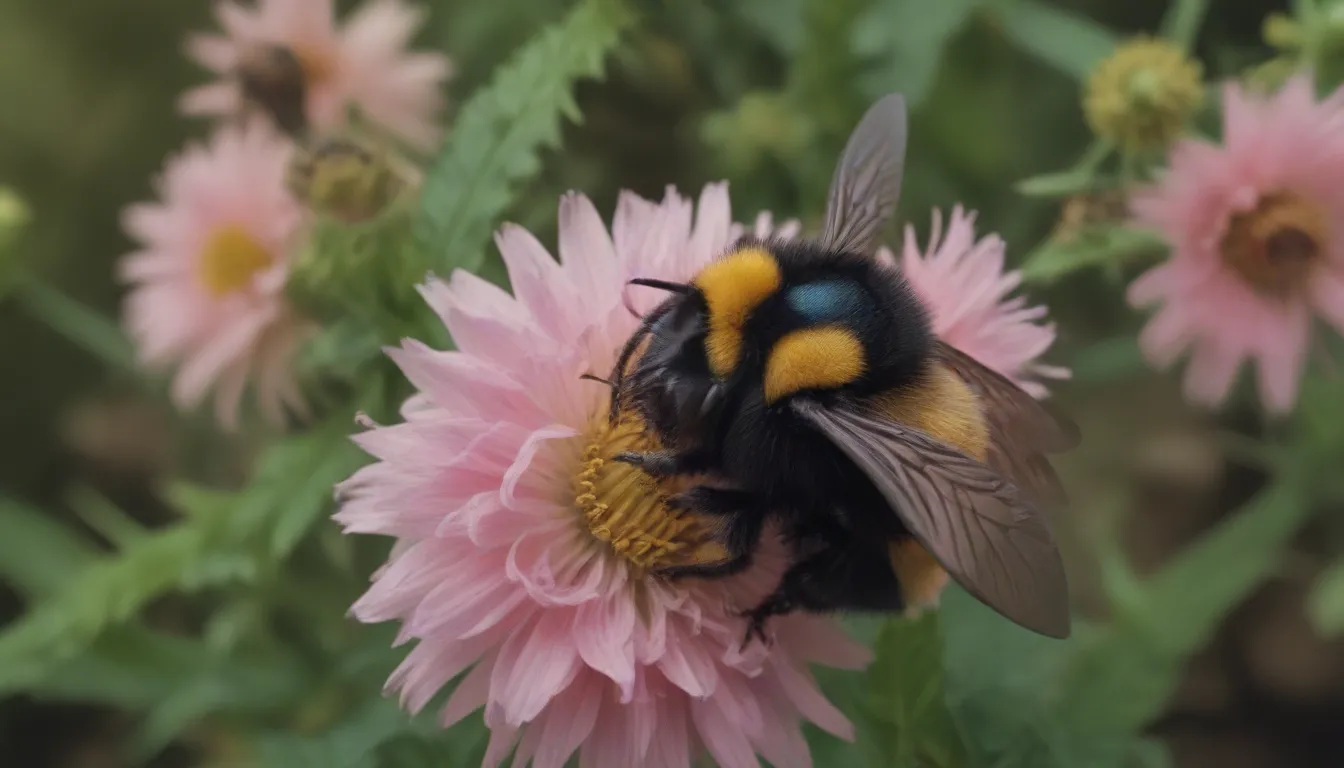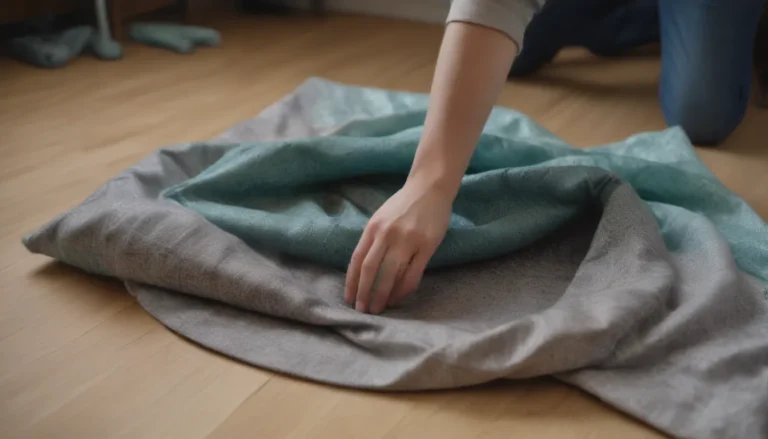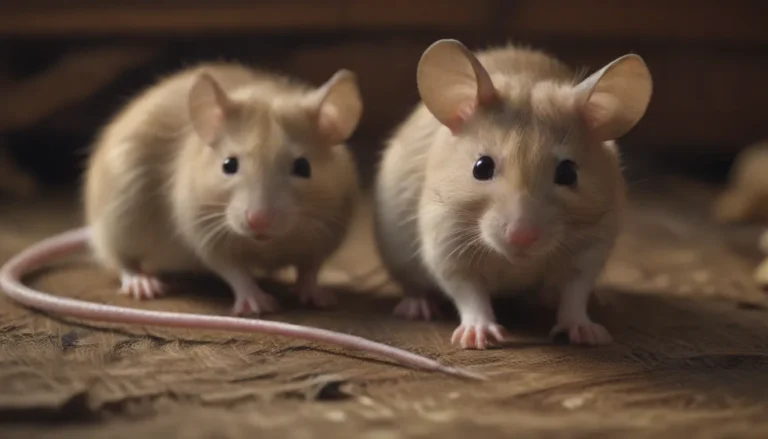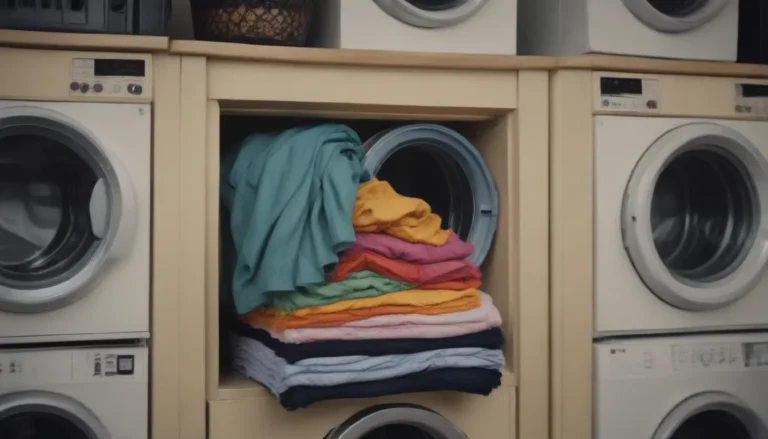The Ultimate Guide: Understanding the Difference Between Carpenter Bees and Bumble Bees

Have you ever stepped outside and been greeted by the familiar sound of buzzing bees? Chances are, these buzzing visitors are either carpenter bees or bumble bees. While they may look similar at first glance, these two types of bees differ significantly in their behaviors and nesting habits, each with its own set of challenges for homeowners. In this comprehensive guide, we’ll explore the differences between carpenter bees and bumble bees, helping you to identify and address these buzzing guests effectively.
Carpenter Bee and Bumble Bee Identification
Upon first glance, carpenter bees and bumble bees may appear alike, but there are distinct characteristics that set them apart. To distinguish between the two, pay attention to the following features:
- Abdomen: Carpenter bees have a shiny, black abdomen, while bumble bees typically have a fuzzy, yellow and black abdomen.
- Head: Carpenter bees have a smooth, shiny head, while bumble bees have a hairy head.
- Size: Carpenter bees are larger than bumble bees, with some species reaching up to an inch in length.
- Wings: Bumble bees have visibly broader wings compared to carpenter bees.
Behavior Differences
Carpenter bees are solitary creatures that prefer to nest alone, often burrowing into wood to create their nests. On the other hand, bumble bees are social insects that live in colonies consisting of a queen bee, female workers, and male bees. The queen is responsible for laying eggs, while the female workers pollinate plants and flowers. Bumble bees are also capable of flying in cooler temperatures and are commonly seen in early spring pollinating early-blooming plants.
Nesting Differences
Carpenter bees earn their name from their habit of burrowing into wood to build their nests. Signs of carpenter bee activity include wood shavings near entry holes, typically in soft or decaying wood. Over time, these bees can cause damage to wooden structures. In contrast, bumble bees build their nests underground. While this nesting behavior is less likely to threaten your home, bumble bees can become aggressive if their nest is disturbed. Each year, bumble bees build new nests in different locations.
Pollinator or Pest?
Both carpenter bees and bumble bees play crucial roles in pollination, feeding on nectar and pollen from plants and flowers. By transferring pollen between flowers, bees support plant growth and reproduction. While both bees are capable of stinging when provoked, only female bees possess stingers. Female bumble bees are more defensive and can sting repeatedly without losing their stingers. Generally, bees are not aggressive unless they feel threatened.
How to Address Bee Infestations
While having bees around can benefit your garden and the environment, you may prefer to keep them away from your home. If you’re looking to get rid of bees, consider the following methods:
- Use a bee trap: Install a bee trap in a sunny location on your property to capture and remove bees.
- Seal their nest: If you identify a bee nest, consider sealing it to prevent further infestations.
- Consult a pest expert: For persistent bee infestations, seek professional assistance from a pest control expert.
Tip: Bees are attracted to warmth, so position your bee trap in a sunny area to increase its effectiveness.
Preventing Bees Around Your Home
To avoid attracting bees to your property, consider implementing the following prevention measures:
- Limit planting flowers: While flowers attract bees, reducing the number of flowering plants near your home can help deter bee activity.
- Maintain wooden surfaces: Keep wooden structures well-sealed to discourage carpenter bee nesting.
- Use natural repellents: Certain plants and essential oils can act as natural bee repellents, helping to keep bees at bay.
By understanding the differences between carpenter bees and bumble bees and employing proactive strategies, you can effectively manage bee activity around your home. Remember, bees are valuable pollinators, so whenever possible, consider their important role in maintaining a healthy ecosystem.





